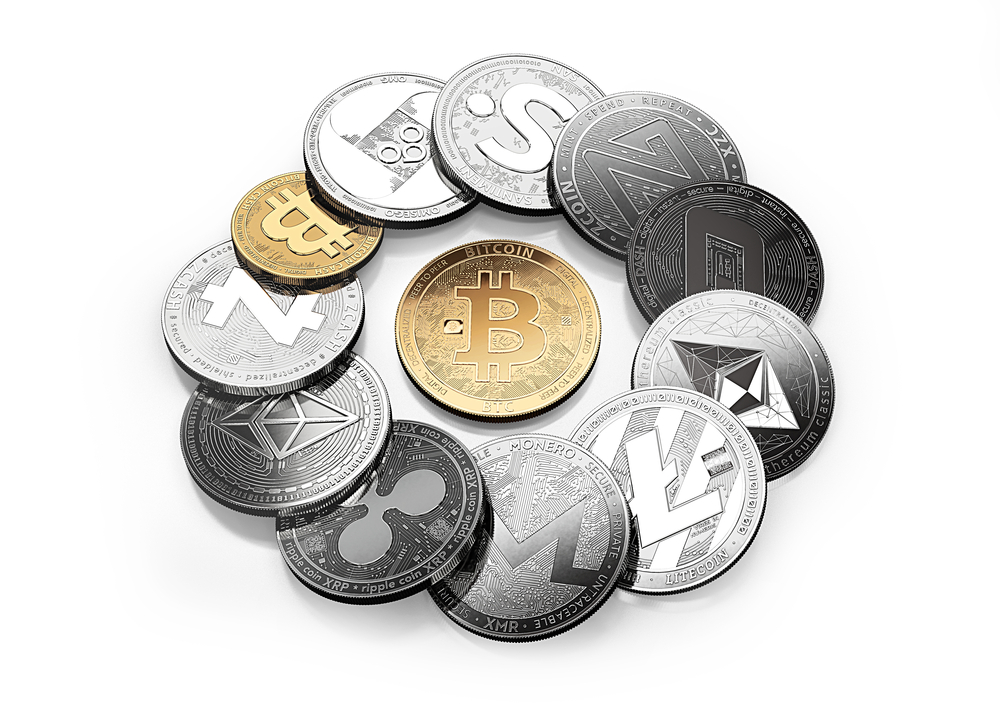Altcoin Definition
Bitcoin, which was invented in 2008, was the first cryptocurrency to be transacted on a decentralized and secure platform. As such, it is understandable that this is the most popular crypto. However, it is not the only available option in the crypto world.
Notably, all the other cryptocurrencies introduced after the invention of Bitcoin are collectively referred to as altcoins. In other worlds, altcoin is a modification of the term ‘alternative coin’; referring to alternatives to Bitcoin.
How Do Altcoins Work?
Altcoins largely work in the same way as Bitcoin. Through the blockchain technology, the digital transactions are recorded permanently to avoid any alterations. Depending on the crypto, the proof-of-work or proof-of-stake is used to enhance the system’s security. The slight modification of a crypto’s rules of operations makes it attractive to different users.
Examples of Altcoins
According to CoinMarketCap, there are over 9,300 altcoins. However, not all them are viable additions into your investment portfolio. Some of the popular altcoins include Ethereum, Litecoin, Dogecoin, Binance Coin, Tether, Polkadot, and Cardano.
Ethereum (ETH)
This is the second-largest cryptocurrency after Bitcoin; with a market capitalization of $322.02 billion. As at the time of writing (30th April), ETHUSD was up by 2.77% at $2,792.38. Notably, the performance of Ethereum in 2021 outweighs that of Bitcoin. It has surged by 289.75% compared to Bitcoin’s 88.92%.
Besides, the crypto is in the process of the 2.0 upgrade, which will see it shift from its current Proof-of-Work to Proof-to-Stake. This means that the crypto will no longer be subject to mining. Furthermore, the project is expected to improve its scalability and speed.
As one of the differences between this altcoin and Bitcoin, the former does not have a supply cap. Its users are in control of the crypto’s supply as opposed to Bitcoin’s pre-determined limit. Subsequently, it can be used as a medium of exchange, as well as store of value.
Dogecoin (DOGE)
The crypto, which was created as a mere joke in 2013, is now trading at 0.310183, up by 1.57%. Dogecoin has surged by 6716.56% since the beginning of the year. Additionally, it has a market capitalization of $40.82 billion. It gained momentum in the first quarter of 2021 after Tesla CEO, Elon Musk twitted about it on several occasions.
As one of the features that define its position as an altcoin, the currency’s supply expands steadily. Unlike Bitcoin’s deflationary rate, it has a more inflationary rate. Currently, the number of Dogecoins that are in circulation are 128 billion. The limit of its supply growth is 5 billion per annum.
Litecoin (LTC)
Litecoin has grown to be referred to as the ‘payments crypto’. While Bitcoin’s mining process yields currencies after every 10 minutes, Litecoin does so at an interval of 2.5 minutes. Subsequently, the latter entity is able to process payments quicker. At the time of witing, it was up by 1.12% at $264.370. Since 1st January, its price has surged by 113.89%. Besides, it has a market capitalization of $17.69 billion.



